During the Second World War the US government combined with two other major influencers of public opinion, Hollywood and Madison Avenue, to support the war effort. Propaganda flowed through both industries until it saturated American daily life. In Great Britain, Churchill’s stirring rhetoric spurred patriotic feeling, affecting the English speaking peoples on both sides of the Atlantic. In newsreels, films, radio broadcasts, newspaper and magazine articles, information about the war supplanted all other news and entertainment.
The result was inaccuracies and misinformation entering the public’s consciousness, where it has remained ever since. Information meant to boost morale gradually became accepted facts, despite the inherent inaccuracies dictated by war conditions. Many remain in the public mind though they have been long disproven. Fighting Hollywood has never been easy when attempting to correct the historical record. Here are 10 myths about World War II either created or long maintained by the entertainment industry.
10. Americans supported rationing on the home front wholeheartedly
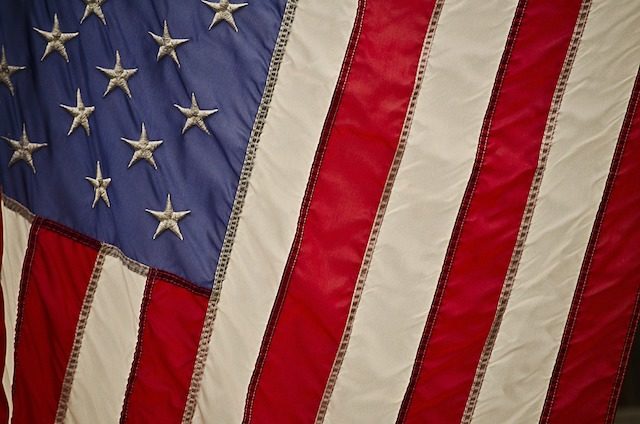
American life during World War II is portrayed in films and television as one of unity and unflagging support for the troops and the government fighting the war. Often they are depicted humorously, such as films using housing shortages to set up romantic comedies. The effects of rationing, when they are presented at all, are seen as being mere inconveniences. Americans stoically, and even enthusiastically, supported rationing as their willing contributions to the war effort, according to film.
In reality, rationing was almost universally resented, and widely subverted through the black markets which thrived during the war. Hundreds of items were rationed during the war, and ration books and prices changed frequently. Americans resented the need to budget both ration coupons and cash to purchase items they perceived to be widely available. Among the items most widely purchased via black markets or counterfeit ration coupons were meat, sugar, and gasoline.
One enterprising journalist purchased over a ton of black market beef, all within a 30-mile radius of Pittsburgh, in just a few hours. During the war the government produced scores of posters denouncing black markets and encouraging Americans to refuse to patronize those merchants who cheated the system. Their existence and the efforts of the Office of Price Administration (OPA) to suppress black marketeers and rationing cheats throughout the war stand as clear evidence of the range of rationing resistance within America during the war.
9. Germany possessed a highly mechanized army which overwhelmed the Allies early in the war
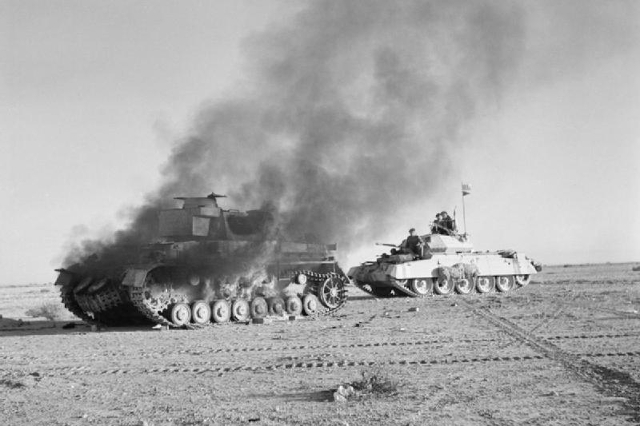
The perception, born in the media in the early days of the war, that the German Army was a heavily mechanized, armored juggernaut remains a facet of films set in World War II. When the war began the German Army (the Heer) consisted of about 135 divisions. Only 16 of those divisions were fully mechanized. The others had a few motorized vehicles, such as staff cars for officers and motorcycles for messengers.
The German army which rapidly swept over most of Eastern and Western Europe was a horse drawn army, dependent upon animal transport to move its equipment, supplies, ammunition, and heavy guns. When the Germans invaded France in 1940, the French had more tanks, most of them more powerful than their German enemies. They also possessed more heavy guns, and about the same number of troops.
What allowed the Germans to prevail over the French in a relatively short campaign was the highly innovative tactics developed and deployed by the Heer, as well as the air superiority achieved by the Luftwaffe. Yet the image still remains of the highly mechanized German Army overwhelming its enemies by sheer number of tanks and armored vehicles. Throughout the war, about 75-80% of German combat troops relied on animal transport in the field, and rail transport to and from the battlefronts.
8. The American military was made up of eager, patriotic volunteers
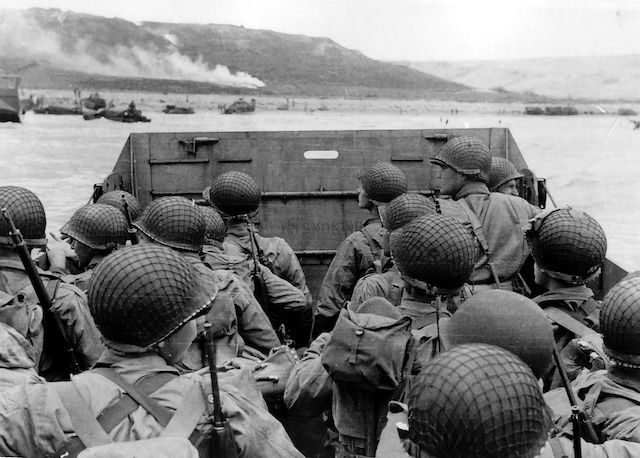
American conscription during World War II began in 1940, just over one year before the attack on Pearl Harbor drew the United States into the war. Following that attack there was a brief surge of enlistments, but by early 1942 the draft was fully established as the portal of entry into the US military. Americans registered in the draft were assigned a draft number. Numbers to be inducted were selected by lottery, drawn at random. Those selected were instructed to report to their draft boards for induction.
Two thirds of the American men who served in the military during the war were conscripted, drafted into the military service based on needs, rather than patriotism. In comparison, during the Vietnam War about one third of the troops were drafted.
Draft exemptions were decided, for the most part, by the local draft boards. They were made up of prominent local businessmen and political figures. As in all of the wars in which conscription was used to recruit American troops, there was resistance, and abuses of the system were not uncommon.
7. Rommel was an ardent anti-Nazi who opposed Hitler and led a noble campaign with his Afrika Korps
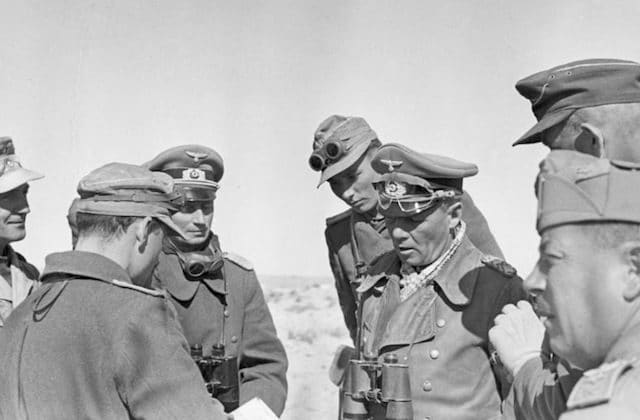
It is true that Erwin Rommel, arguably the most famous German commander during World War II, was not a member of the Nazi Party. But it is equally true that Rommel personally supported Hitler, was long a member of his inner circle, and even commanded his personal guard during the Polish campaign. In film he is frequently depicted as the brilliant commander of the German Afrika Korps. His most brilliant operation was a 1,400-mile retreat, eluding numerically superior British forces.
Rommel’s legend began during the war, presented to the German people as propaganda from Josef Goebbels to raise morale. Following the war, British and American sources added to the myth of both his battlefield brilliance and his participation in the war as a “good German,” as in a professional officer and gentleman. The distinction was necessary to the Western Allies in post-war Europe as justification for restoring the West German Army, considered a Cold War necessity.
Rommel did perform spectacularly in command in France and North Africa early in the war. And it was he who supervised the construction of most of the Atlantic Wall, the German defenses against the Allied invasion of France. Yet he fully supported Hitler through most of the war, and did not support assassinating the Fuhrer. His legend was born largely through German propaganda, Churchillian rhetoric, and concerted revision of history by the Allies in the post-war era.
6. The Germans were obsessed with George Patton, regarding him as the Allies’ most feared commander
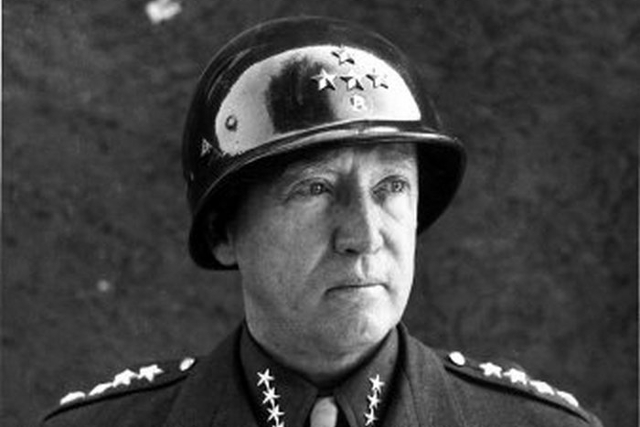
The 1970 Academy Award winning biopic Patton, starring George C. Scott as the flamboyant American general, depicts an infatuation by his German adversaries with his whereabouts. The portrayal is of a German command structure obsessed with the activities of the man they viewed as the most feared of all of the Allied commanders. Patton would have certainly endorsed such an image. But post-war analysis has long indicated the Germans held Patton in no such awe. In fact, prior to his assuming command of the US 3rd Army in 1944, they paid little attention to him at all.
Patton was a master of self-promotion, one of the first American commanders to include a press officer as a member of his staff. He dressed flamboyantly, often wearing riding breeches and boots, wore ivory-gripped pistols, and adopted a highly polished helmet, with his general’s stars prominently displayed. In Sicily, he used his pistols to personally shoot two mules blocking a bridge, and made certain the war correspondents accompanying his troops knew about it.
In a book he wrote between the World Wars, The Secret of Victory, Patton wrote, “The leader must be an actor … he is unconvincing unless he lives his part.” Patton spent his World War II years living his part, frequently to the exasperation of his superiors. But to his German adversaries he was simply a prima donna, not a commander they feared above all others.
5. After the fall of France, Great Britain stood alone against Germany

In film after film depicting the fall of France and the beginning of the Battle of Britain, emphasis is placed on the British standing alone against the might of Germany and their Italian allies. The myth of Britain’s lone stand against what Churchill described as Nazi tyranny began with his speeches to Parliament and to the British people at the time. In many of them he was actually speaking to the American people, hoping through his rhetoric to exploit traditional American sympathy for the underdog.
But Britain did not stand alone following their retreat from Dunkirk and other Channel ports and the subsequent surrender of the French. In 1940 the British Empire covered more than 25% of the globe. Britain could and did draw resources and men from Canada, India, Asia, South Africa, Rhodesia, Australia, New Zealand and its islands in the Caribbean and elsewhere. The empire held vast reserves of oil, rubber, coal, iron ore, and foodstuffs from around the world.
Churchill’s rhetoric, and the jingoistic recording of history in the post-war era, led to the creation of the Britain stood alone myth. A simple review of the facts reveals the myth is romantic nonsense. Even the deservedly idolized pilots of the RAF were not simply British standing alone against Hitler. Pilots from South Africa, Rhodesia, Netherlands, Poland, France, Belgium, Canada, and even volunteers from the United States all flew with the Royal Air Force during Britain’s “Darkest Hour.”
4. The Battle of Britain was a David and Goliath event, with the British a decided underdog
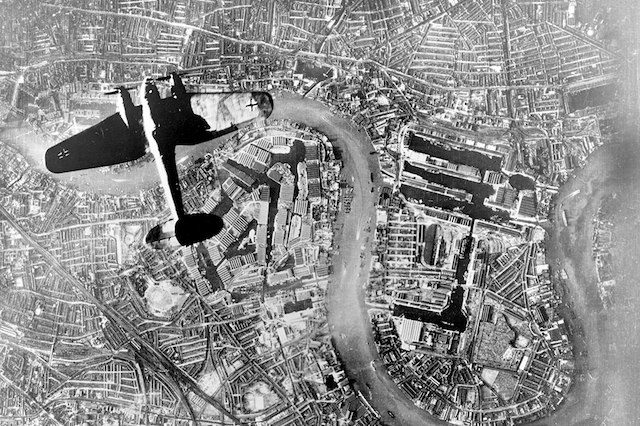
During the Battle of Britain, the aerial campaign which attempted to induce Britain to surrender or face invasion, several advantages were held by the British. First, and probably most decisive, was Britain’s advanced early warning radar, communications, and control system, which allowed the RAF to scramble fighters and vector them to intercept incoming German aircraft. Chain Home stations, made operational just before the war, gave the British a decided advantage, allowing them to keep aircraft on the ground until they were needed, rather than expending precious fuel in patrols.
Most of the air-to-air combat which took place during the battle did so in British skies. Men who had to abandon their aircraft and bail out for the most part landed in Britain or Scotland, or in the waters nearby. RAF pilots could quickly return to duty, once any injuries healed. German pilots became prisoners of war, most of whom eventually were sent to Canada for the duration. German aircraft consumed considerable amounts of fuel just to arrive over Britain, and were thus limited in the time available for combat before they had to disengage and return to base.
The Battle of Britain took its name from yet another speech by Winston Churchill, and it ended in a decisive defeat for the Germans, and humiliation for Herman Goering’s Luftwaffe. It remains a battle surrounded with myths and misconceptions, but it was never a David v. Goliath affair. About 2,900 fighter pilots flew for the RAF during the battle, roughly the same number as did for the Germans. Of those 2,900 about 20% came from nations other than Britain, including exiled Europeans, pilots from the empire, and American volunteers.
3. German war crimes were committed by the SS and Gestapo, not the Wehrmacht
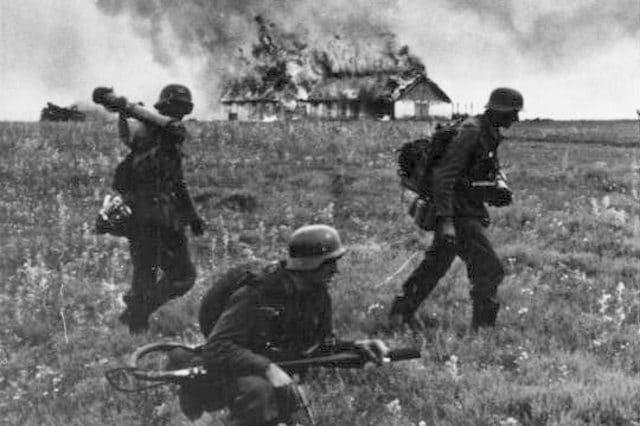
Beginning in the 1950s, as the extent of German War Crimes continued to be revealed, the myth of the clean Wehrmacht emerged. Reinforced by films and television programs, the myth holds that the Gestapo and the Waffen SS committed war crimes across Europe, without the participation or even the knowledge of the Wehrmacht. By the way, Wehrmacht refers to the German military, comprised during World War II of the Heer (Army), Kriegsmarine (Navy), and Luftwaffe (Air Force).
In postwar Europe, as it became apparent the Soviets had no intention of withdrawing from the countries they overran during the war, the Western Allies needed to strengthen their positions. The creation of a West German army was encouraged. With the support of western leaders, including Eisenhower, the German military was absolved of guilt for war crimes during the war, with all blame being assigned to the Nazi SS and Gestapo. The “clean Wehrmacht” was born out of Cold War necessity.
The myth remains, but it is false. Heer troops engaged in war crimes against civilians from the earliest days of the campaign in Poland in 1939. They were rationalized as necessary for security against partisan attacks, or as simply obeying orders, but they were nonetheless war crimes willingly committed. Not every German soldier committed war crimes, of course. But every branch of the German military, as well as the German paramilitary units, did.
2. The atomic bomb caused the Japanese to surrender

The Japanese surrendered because of the atomic bombs which fell on Hiroshima and Nagasaki. Every film which covers the end of the Pacific War says so. In many, an image of a mushroom cloud precedes scenes of people celebrating in Times Square. What isn’t covered is the fact the two atomic bombings were not the two most devastating bombing raids on Japan during the war. Over 60 Japanese cities had already been destroyed by bombing raids, including the dreaded fire bombings, which terrorized the civilian population.
There were many factors which allowed Japan to accept surrender, though their supposed unconditional surrender included several conditions which they insisted upon. One was the right to keep the Emperor on his throne. Another was the withdrawal of Soviet troops, following their declaration of war on Japan and invasion of Manchuria. The Soviet invasion created a two-front war for the Japanese, who had already lost their fleet and most of their air forces.
Japan was beaten before the atomic bomb was dropped, though the two bombings, and the threat of more to come, certainly helped convince them to stop fighting a war they had clearly lost. They had no food, no oil, and few medicines. It was clear by then to even the most rabid warmonger among them the Americans would not quit, and the Russians were coming. In the end, it was the emperor who agreed to surrender, and speak directly to his people for the first time in history.
1. Hitler’s biggest mistake was a repeat of Napoleon’s, invading Russia in 1941
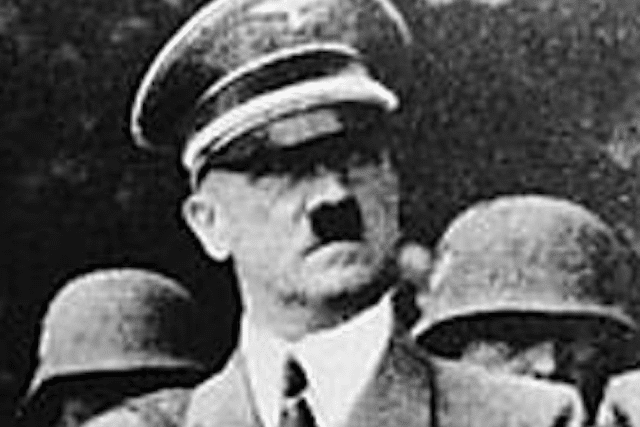
Hitler’s invasion of the Soviet Union in June, 1941 was not just a mistake. It was the opening salvo in what became a series of mistakes, made one after the other, for the rest of the war. The invading Germans carried no winter uniforms or equipment, expecting a quick campaign. They had reason to expect such, up to then all of their land campaigns had been successful, completed quickly and efficiently. Obviously the war with the Soviets broke that mold, but it was not Hitler’s biggest mistake.
That error was his decision to declare war on the United States in December, 1941, in accordance with his perception of the Tripartite Pact. Interestingly, the Japanese did not respond in kind and declare war on the Soviet Union, then at war with Germany. Hitler declared war even though American President Franklin D. Roosevelt had not mentioned Germany or Hitler in his declaration of war on Japan. American outrage was directed at Japan, not Germany. Hitler made it easier for Roosevelt and the United States to enter the war, and to adopt the policy of destroying Germany first.
Hitler’s rash decision ensured the Allies would gain control of the Atlantic sea lanes and the industrial might of the United States would arm his enemies. Already in a death grip with the Soviet Union, the Germans then faced the largest industrial economy in the world. His attack on the Soviet Union ensured a long and brutal war. His declaration of war on the United States ensured he would lose it.
1 Comment
Very well–written article. Nice work.